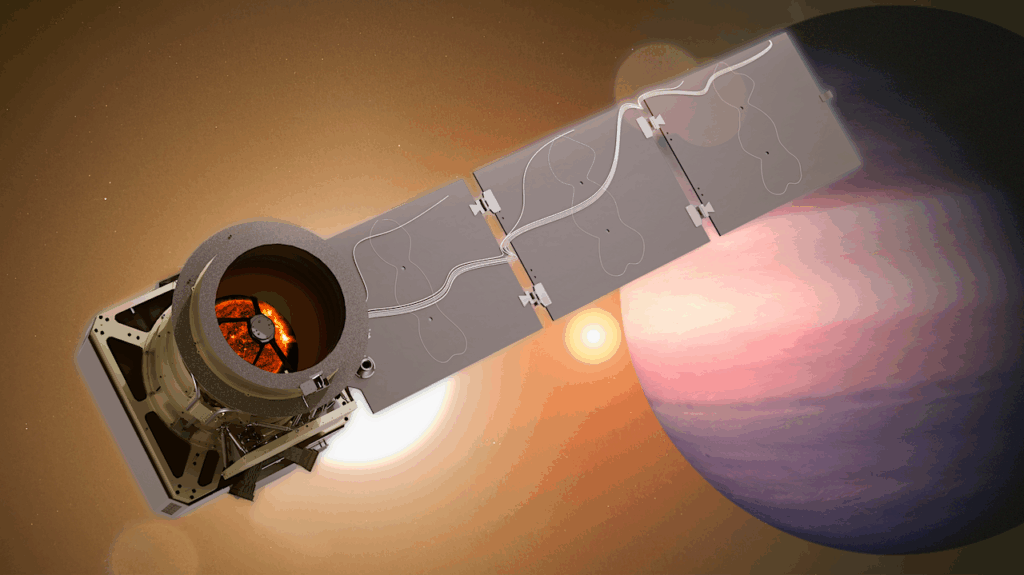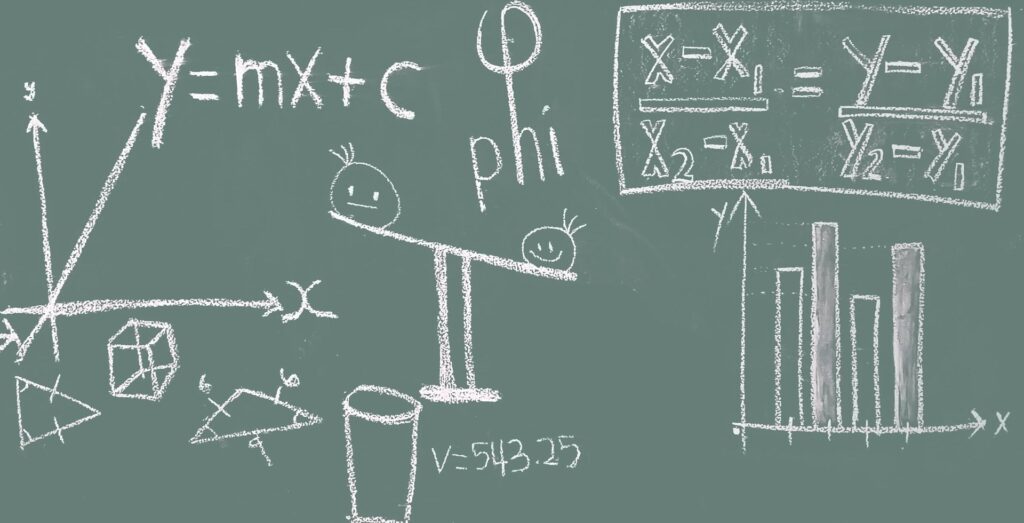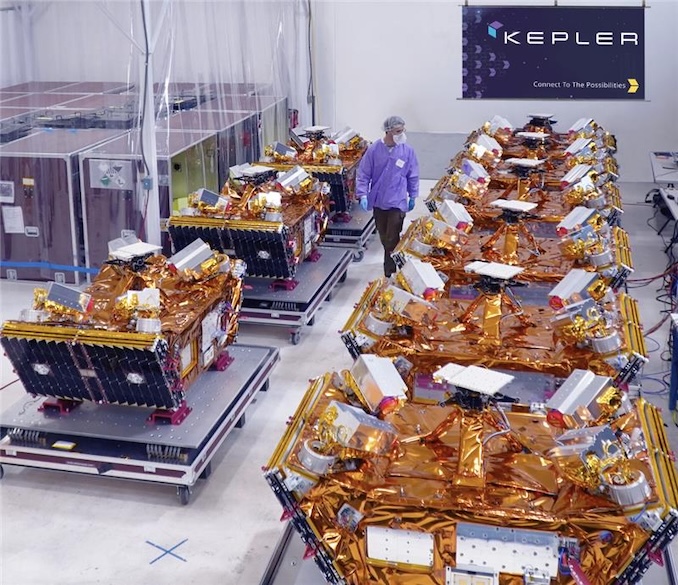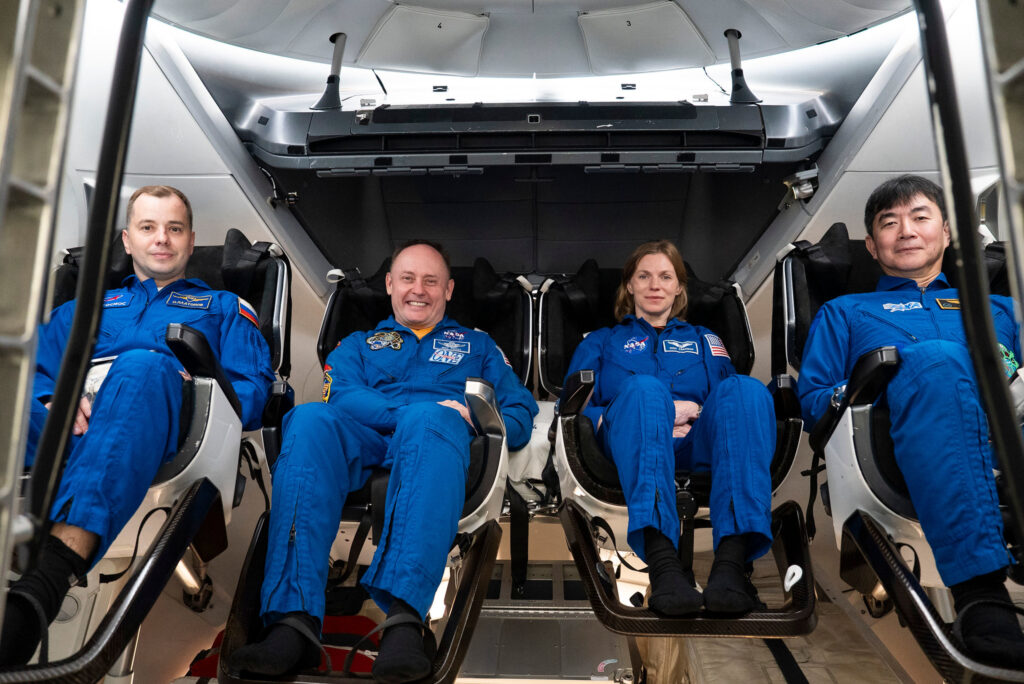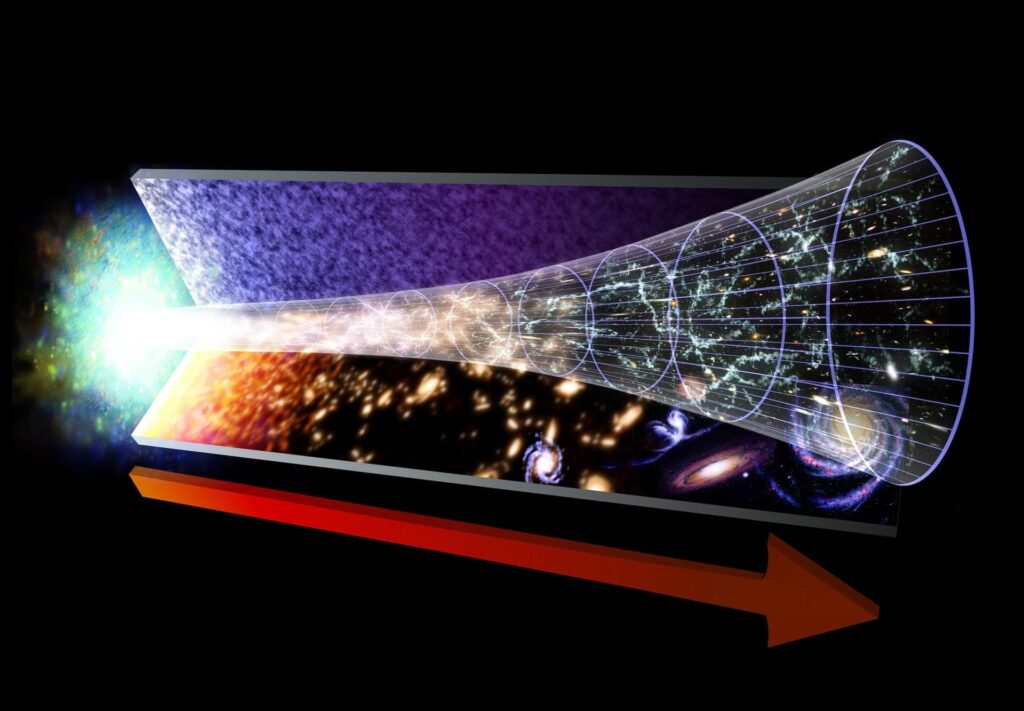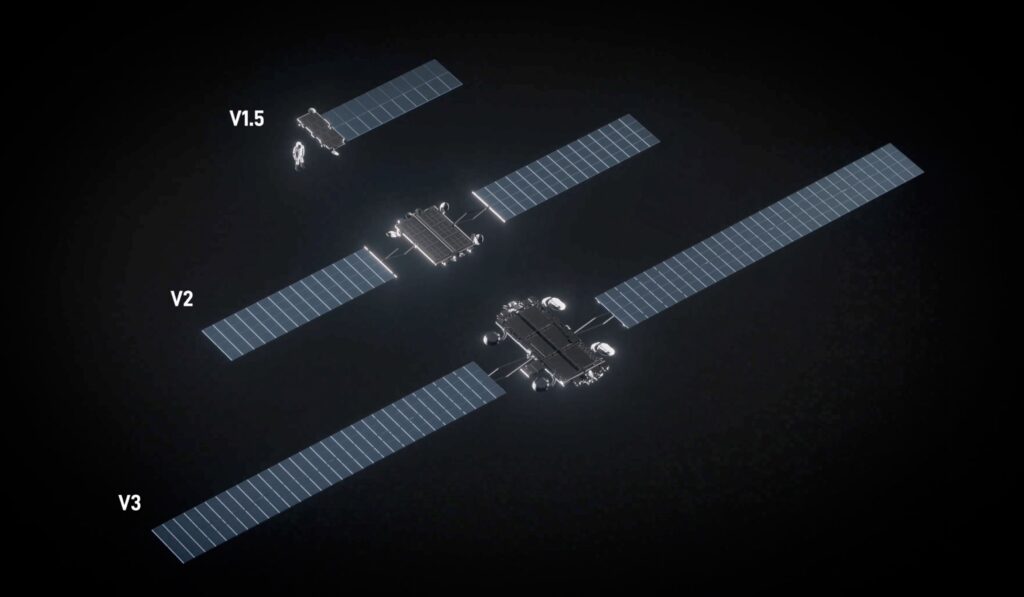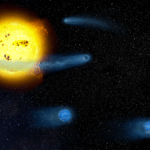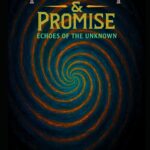A small but important change can be found at the end of President Trump’s sweeping December 18, 2025, Executive Order, “Ensuring American Space Superiority.” The Executive Order removes the requirement
The sun is not only our closest stellar neighbor, it’s also the star we understand the most. As we’ve observed it over the centuries, we’ve learned that the sun is
HELSINKI — China’s astronaut corps has completed a near month-long underground cave training, conducted in part to prepare for future crewed lunar landing missions. A team of 28 astronauts participated
WASHINGTON — L3Harris Technologies said Jan. 5 it will sell a majority stake in its space propulsion business to private equity firm AE Industrial Partners, marking the first major restructuring
arXiv:2512.15858v1 Announce Type: new Abstract: Despite numerous search campaigns based on a diverse set of observational techniques, exomoons – prospective satellites of extrasolar planets – remain an elusive and hard-to-pin-down
Go All Out NASA Blue Meatball Left Chest Logo Deluxe Soft T-Shirt Unlock the cosmos of comfort and style with the Go All Out NASA Blue Meatball Left Chest Logo
Science & Exploration 05/01/2026 326 views 19 likes On 5 January 2026, the European Astronaut Centre (EAC) in Cologne, Germany, hosted a special tradition: the planting of an astronaut tree
A groundbreaking discovery has emerged from the NASA/ESA Hubble Space Telescope, revealing a unique astronomical entity—a starless cloud rich in gas and dark matter. This object, dubbed “Cloud-9,” is a
Gilles Fernandez has become a notable figure in UFO discourse, particularly regarding the Roswell incident. His inquiries and criticisms have often propelled deeper examinations into the accounts of pivotal witnesses,
Earth Observatory Science Earth Observatory An Amphitheater of Rock at… Earth Earth Observatory Image of the Day EO Explorer Topics All Topics Atmosphere Land Heat & Radiation Life on Earth
-
 01From Polymerization-Enabled Folding and Assembly to Chemical Evolution: Key Processes for Emergence of Functional Polymers in the Origin of Life
01From Polymerization-Enabled Folding and Assembly to Chemical Evolution: Key Processes for Emergence of Functional Polymers in the Origin of Life -
 02Two Black Holes Observed Circling Each Other for the First Time
02Two Black Holes Observed Circling Each Other for the First Time -
 03How New NASA, India Earth Satellite NISAR Will See Earth
03How New NASA, India Earth Satellite NISAR Will See Earth -
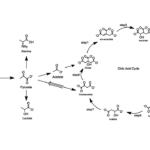 04Thermodynamic Constraints On The Citric Acid Cycle And Related Reactions In Ocean World Interiors
04Thermodynamic Constraints On The Citric Acid Cycle And Related Reactions In Ocean World Interiors -
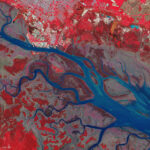 05Φsat-2 begins science phase for AI Earth images
05Φsat-2 begins science phase for AI Earth images -
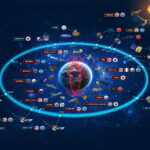 06Hurricane forecasters are losing 3 key satellites ahead of peak storm season − a meteorologist explains why it matters
06Hurricane forecasters are losing 3 key satellites ahead of peak storm season − a meteorologist explains why it matters -
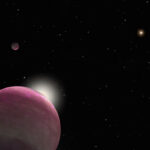 07Binary star systems are complex astronomical objects − a new AI approach could pin down their properties quickly
07Binary star systems are complex astronomical objects − a new AI approach could pin down their properties quickly


